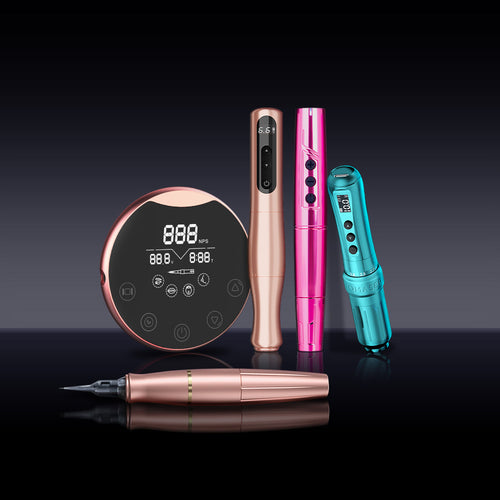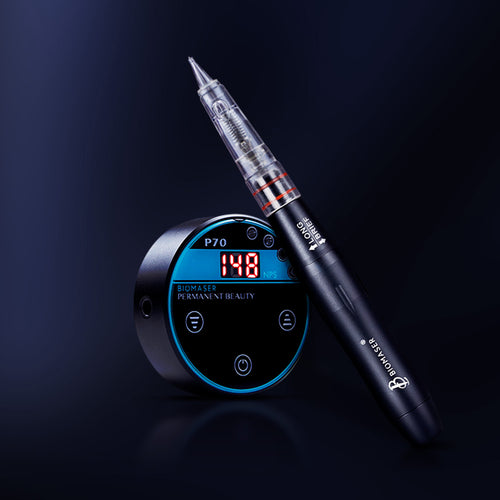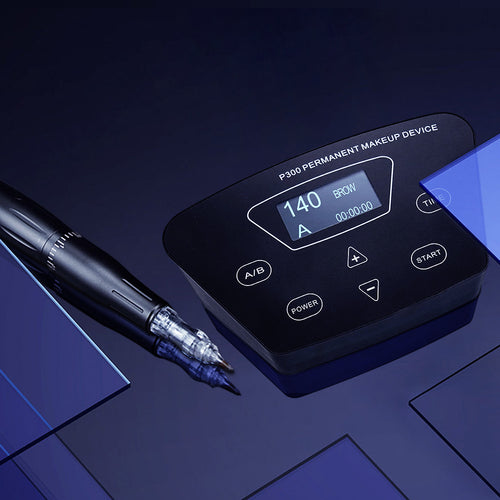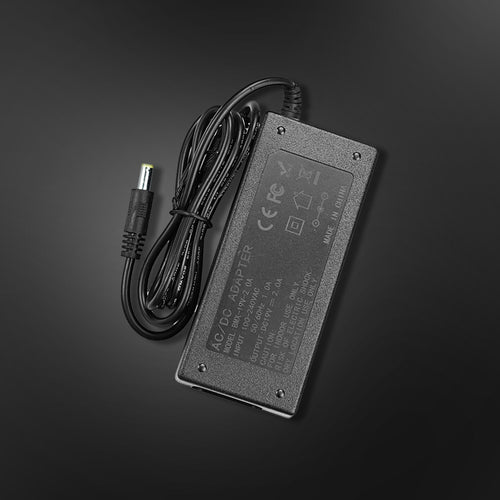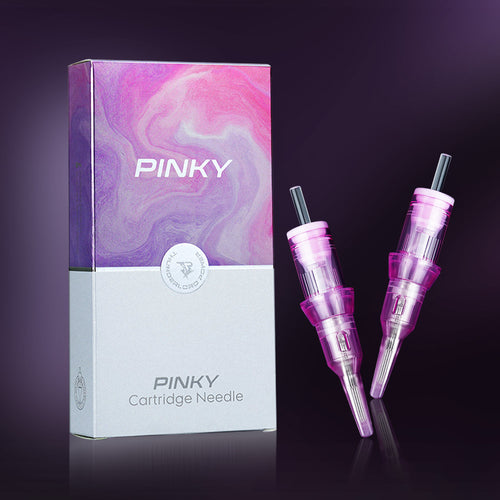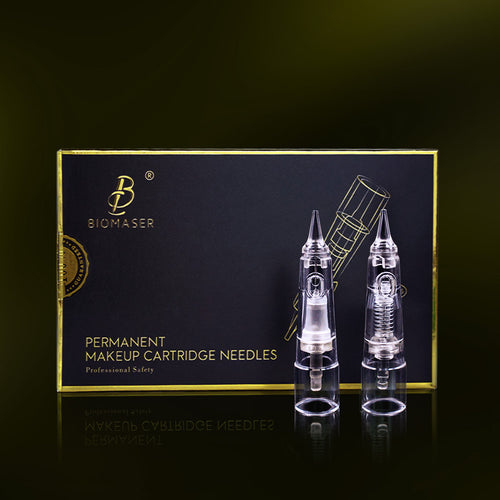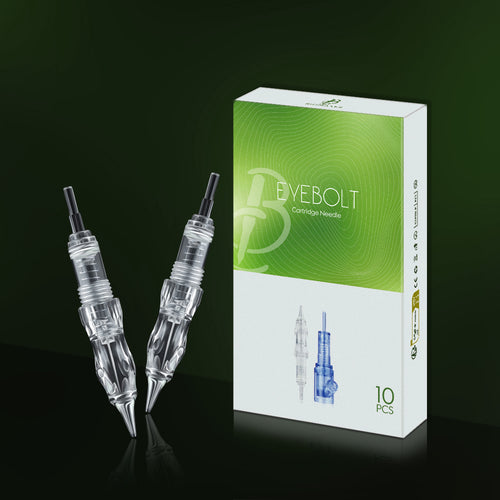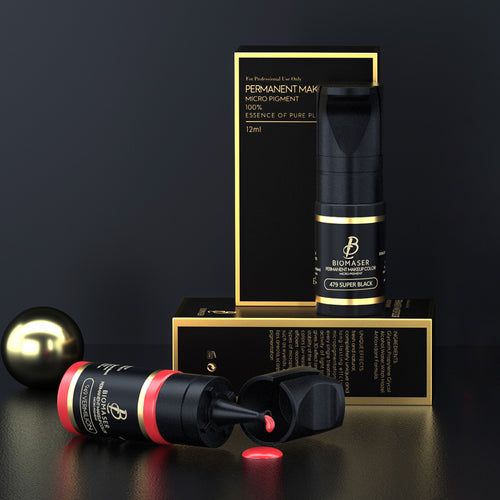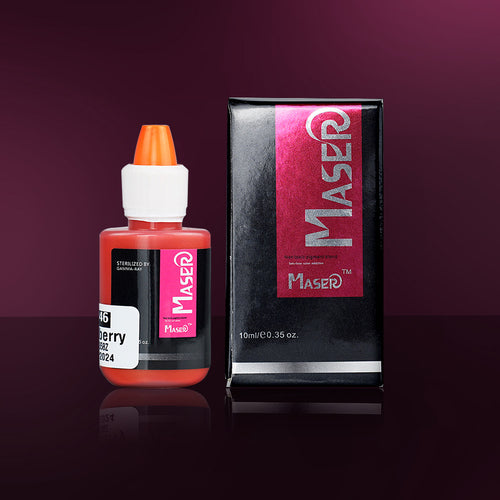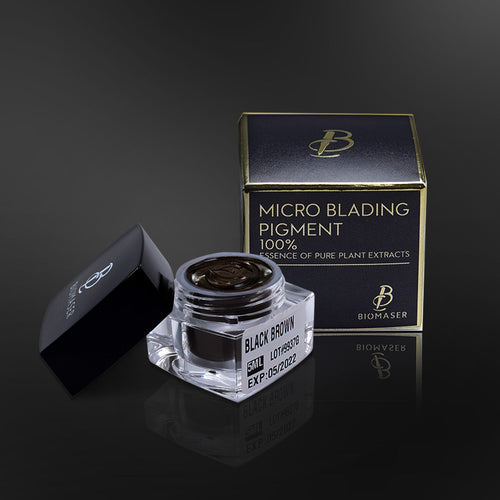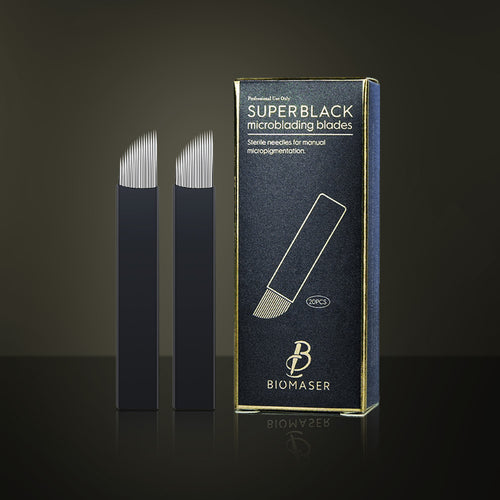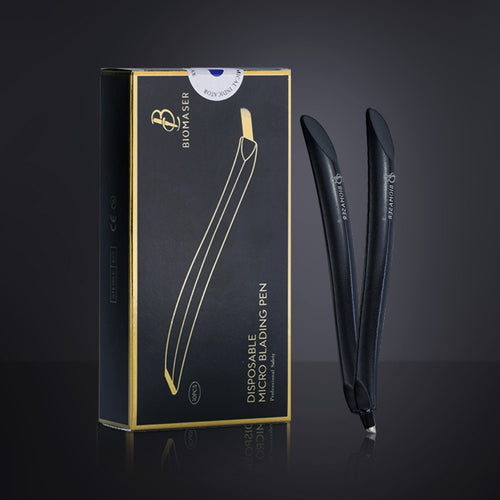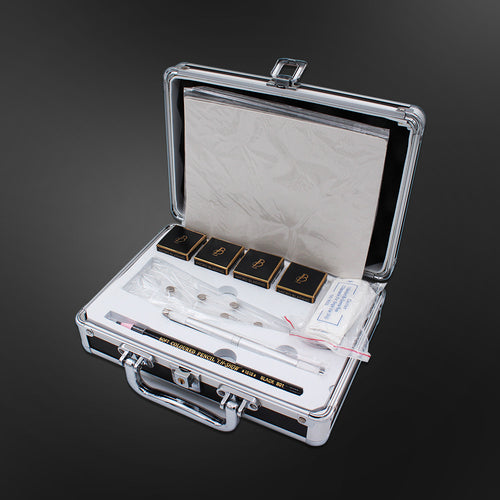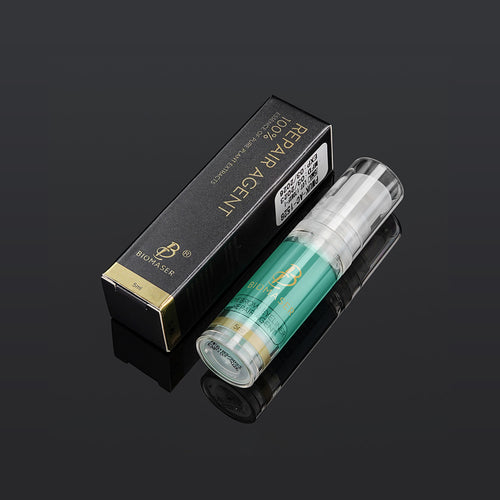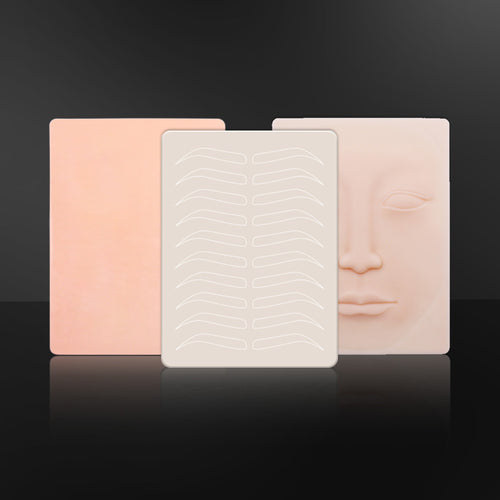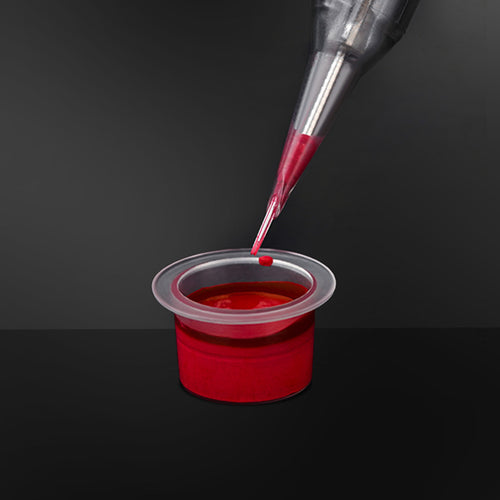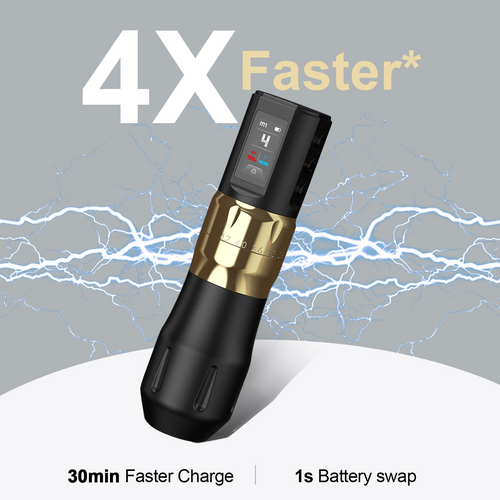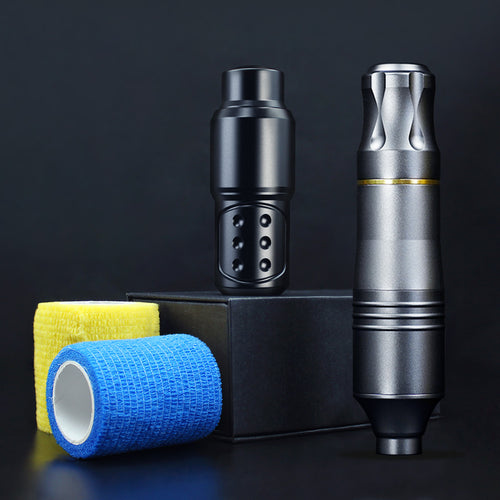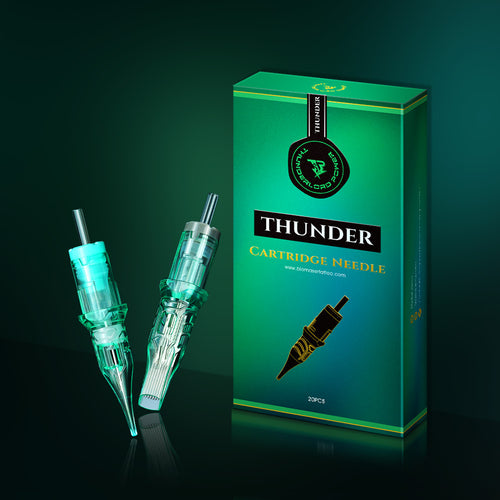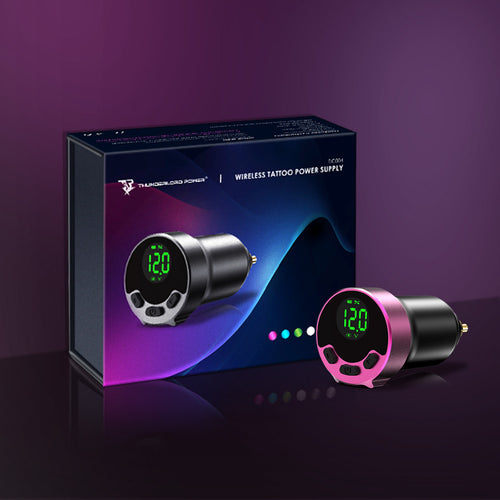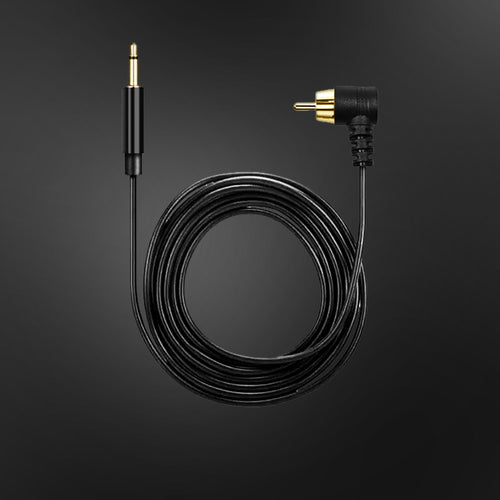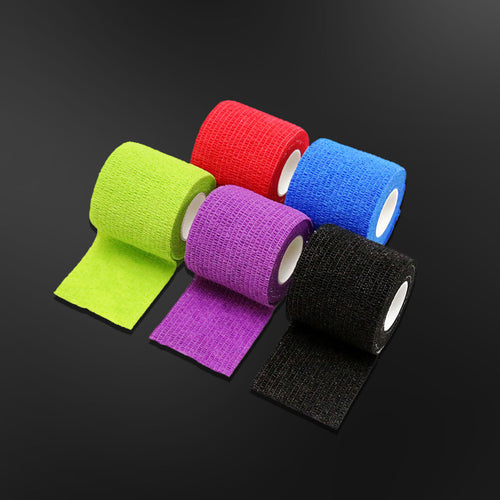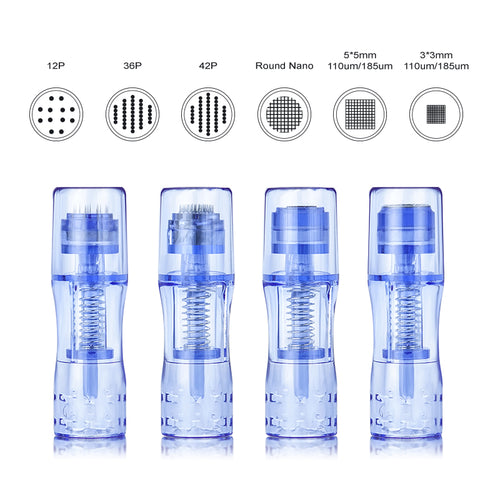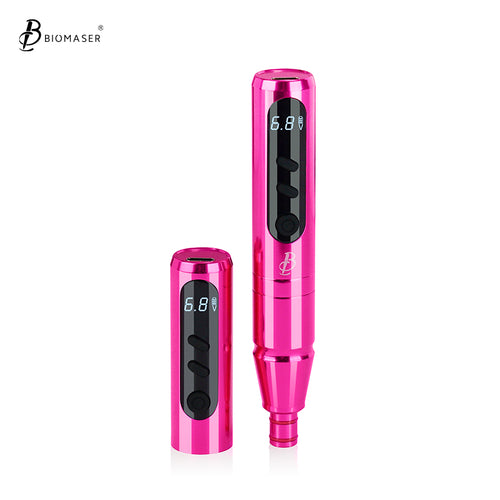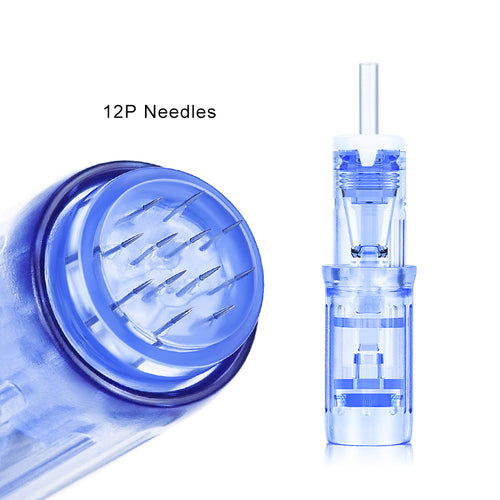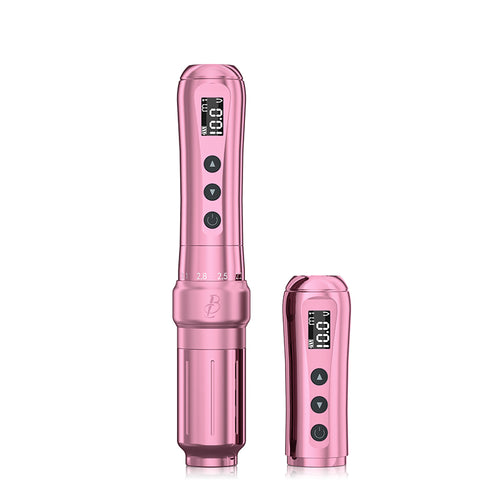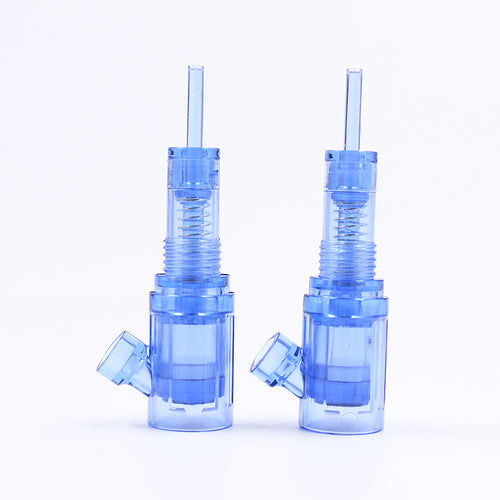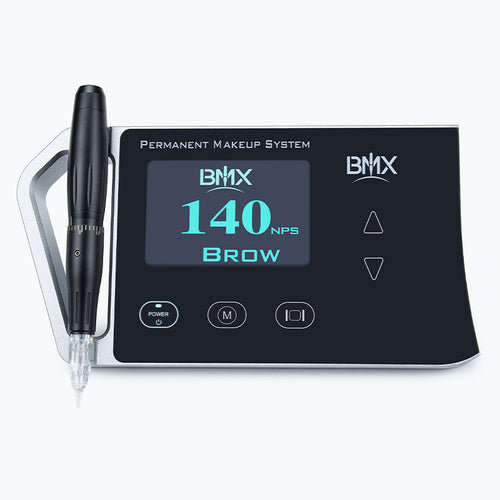The Ultimate Guide to Eyebrow Microblading Removal and Repair

Eyebrow microblading is a great way to get those fuller, more defined brows you want, all without the daily fuss of putting on makeup. Sometimes, even though the results can be amazing, there are moments when someone might feel like their microbladed brows didn't quite meet their expectations. In this guide, we're going to talk about why some folks decide to remove or fix their microbladed eyebrows, and what you should think about during the process.

What is Microblading?
Microblading is a cool semi-permanent tattooing method in which a tiny handheld tool is used to place pigment under the skin. Microblading is different from traditional tattooing because it uses a single needle to create those delicate, hair-like strokes that really look like natural eyebrow hairs. The results can last about one to three years, depending on your skin type, lifestyle, and how you take care of your skin afterward.
Why People Love It
- Microblading gives you semi-permanent results that can stick around one to three years, which means you can reduce your daily makeup routine.
- Having well-groomed eyebrows can really help improve your self-image and give your confidence a nice little push since they frame your face so nicely.
- You can customize each microblading session to fit your unique style, whether it's about the shape, color, or thickness.
- You can simplify your morning routine, which will make it easier to start your day without spending too much time perfecting your eyebrows.
But, like any cosmetic procedure, there's no guarantee that you'll be completely satisfied. Things like technique, color choice, and personal preferences will influence how the final look ends up. That's how microblading removal and microblading repair comes to help.

What Is Microblading Removal?
Reasons for Microblading Removal
Despite its popularity, there are several reasons why someone might decide to remove their microbladed eyebrows.
- Color Mismatch: Sometimes, the color might come out looking a bit too dark, too light, or even in a shade you didn't expect. It could fail to match your skin tone or end up looking different than you expected, and that can be really frustrating.
- Unsatisfactory Shape: Another frequent complaint relates to the shape of the brows. Maybe they were a bit too thick, too thin, or just not quite symmetrical. Having an uneven look can get on people's nerves, leading them to get rid of it.
- Overly Dark Pigmentation: Some people might think that the first results are a bit too bold for their taste. A bold look can be interesting at first, but you might feel a bit much after a while, so you would crave something softer and more natural instead.
How to Do Microblading Removal
If you've made the choice to remove your microbladed eyebrows, there are four primary options to evaluate: laser removal, chemical removal, manual methods, and excision. Every method comes with its own set of advantages and disadvantages.
| Removal Method | Description | Advantages | Disadvantages |
| Laser Removal | Targets pigment with laser light to break down ink particles. |
- Precise and effective on various pigments. - Typically requires fewer sessions. |
- May cause discomfort during treatment. - Multiple sessions may be needed. - Risk of skin irritation or texture changes. |
| Chemical Removal | Uses creams or gels with active ingredients to fade the pigment. |
- Less invasive and easy to apply. - Generally a less painful option. |
- Varying effectiveness among individuals. - Possible skin irritation or allergic reactions. |
| Manual Methods | Applies saline solution to draw out pigment. |
- Non-invasive and uses natural ingredients. - Popular choice for many. |
- Results can be inconsistent. - May require multiple sessions for desired effects. |
| Excision | Surgical method that cuts out pigmented skin. | - Immediate results as unwanted tattooed skin is removed. |
- Higher risk of scarring and complications. - more invasive procedure. |
These four methods for removing microblading, including laser removal for precision, chemical removal for ease, manual methods using natural ingredients, and excision for quick results. Every option comes with its own set of pros and cons, so it's better for you to talk with a professional to figure out what works best for you.

What Is Microblading Repair?
Why You Require Microblading Repair
Sometimes, you don't have to remove it; a quick repair might just do the trick. Here are some common reasons someone might think about fixing their microbladed brows.
- Asymmetry Problems: Sometimes, even the most skilled technicians can end up with brows that aren't exactly symmetrical. This can be annoying and could motivate people to look for a fix.
- Uneven Color Distribution: If you notice that the microblading has faded in a patchy way or the color isn't even, it might be time for a repair. A little touch-up can help make things look more even and put together.
- Personal Preference Changes: As trends and personal styles evolve, you might notice that your original microbladed look doesn't quite match your current vibe anymore. If that's the case, getting a repair can update your brows to match your current preference.
What Are the Microblading Repair Techniques?
So, if you're thinking about fixing those microbladed eyebrows, there are a few techniques you can consider.
- Corrective Microblading: This helps a lot if you're looking to address asymmetry or unevenness. A talented technician will work with you to reshape and redefine your brows, giving you a more balanced look.
- Filling Gaps: If you've got some sparse spots in your microbladed eyebrows, this approach can boost their fullness and make them look even better. This approach sticks to the same method as the original procedure, but it zeroes in on the areas that need some extra care.
- Color Adjustment: If the pigment has faded or changed color, a quick touch-up session can help you adjust the shade to get it looking as you like. This involves putting pigment back on in a way that stays in harmony with your natural colors.
What to Consider During Removal and Repair
Before diving into the removal or repair process, it's crucial to keep a few considerations in mind.
Consult with the Experts
It's a good idea to chat with a certified technician before you make any decisions about removal or repair. They'll take a look at your brows and suggest the best way to go based on what you need.
Prepare for Recovery Periods
You'll find that both removal and repair procedures involving recovery periods. Be prepared for some downtime, as healing will vary depending on the method used.
Follow Skincare Recommendations
Taking care of yourself after the procedure is vital to getting the best results. Make sure to listen to your technician about cleansing, moisturizing, and avoid things like swimming or intense workouts until you're completely healed.
Be Aware of Potential Side Effects
Just keep in mind that there might be some side effects like irritation, allergic reactions, or changes in your skin texture. Discuss with your technician about these risks so you can make a well-informed decision.

Explore Microblading Removal and Repair Options
It's not uncommon for individuals to seek removal or repair because they are not satisfied with their brows. If you're dealing with a color mismatch, an unsatisfactory shape, or just feeling like it's time for a change, knowing what options you have can really help you make the best decision. Make sure to keep professional advice at the forefront as you navigate this journey. You can definitely get beautiful, natural-looking eyebrows that fit your style with the right approach and expert care!
